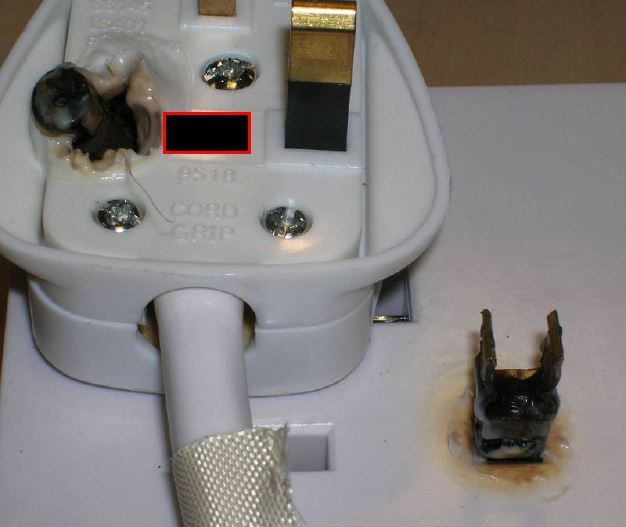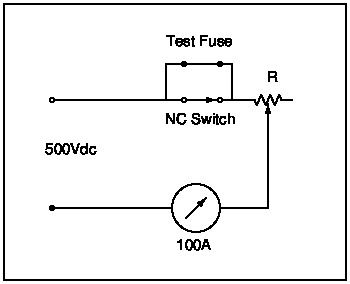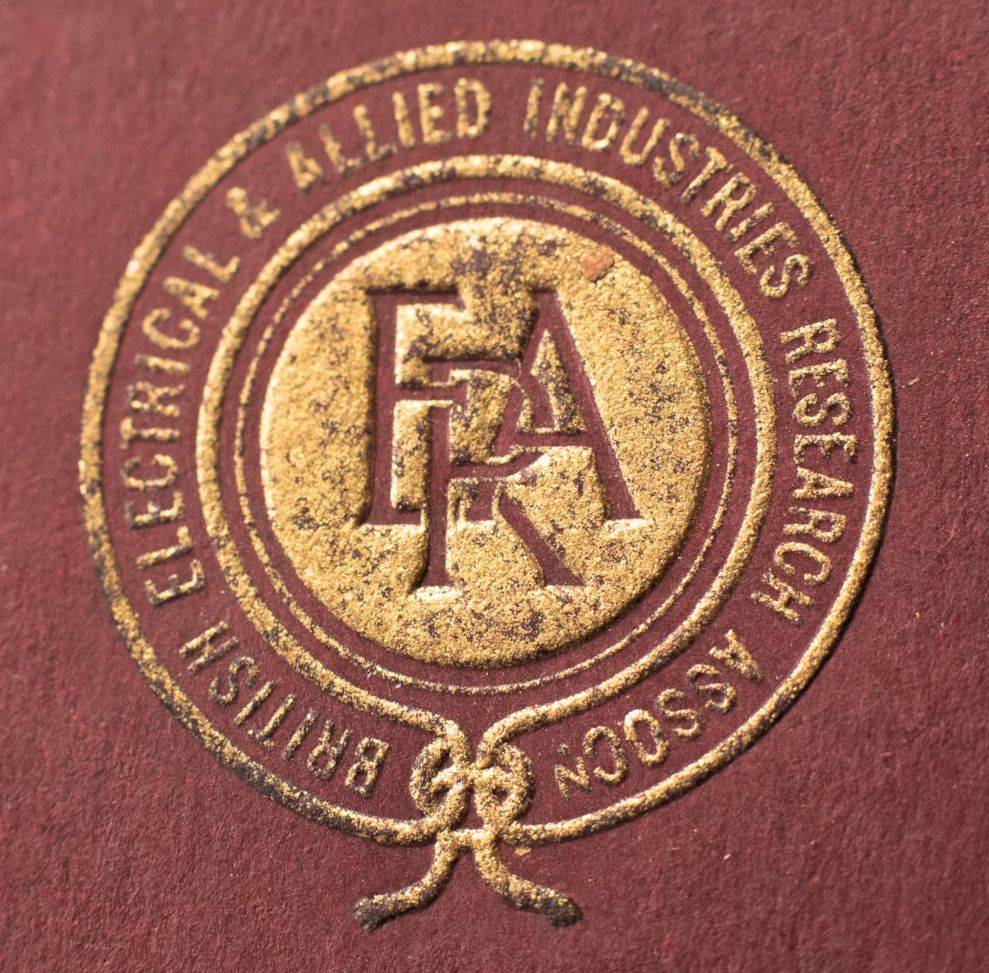New design of mains plug?
New design of mains plug?
- This topic has 121 replies, 50 voices, and was last updated 2 April 2020 at 16:03 by
 Robert Atkinson 2.
Robert Atkinson 2.
- Please log in to reply to this topic. Registering is free and easy using the links on the menu at the top of this page.
Latest Replies
Viewing 25 topics - 1 through 25 (of 25 total)
-
- Topic
- Voices
- Last Post
Viewing 25 topics - 1 through 25 (of 25 total)







